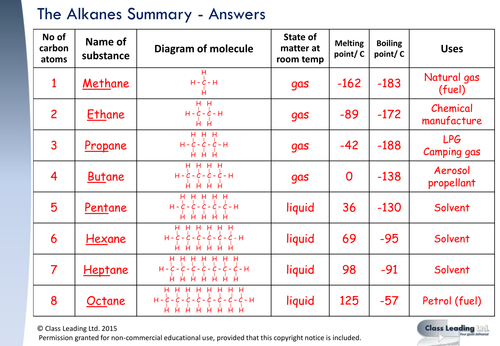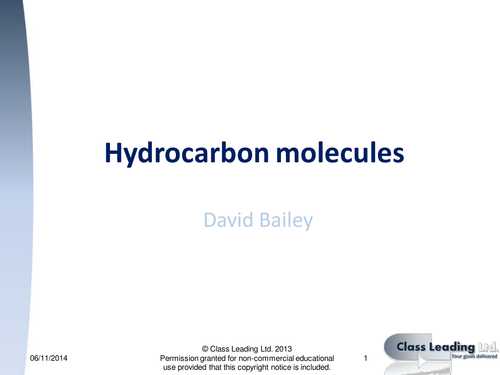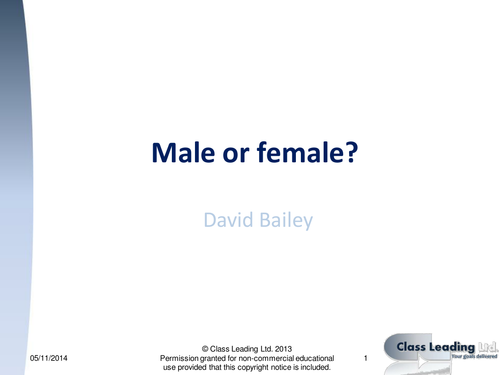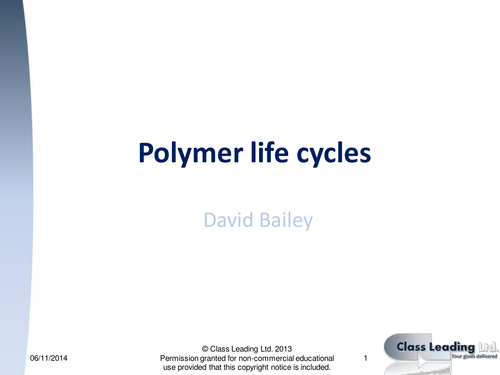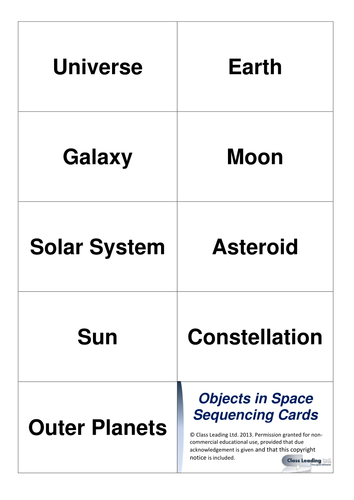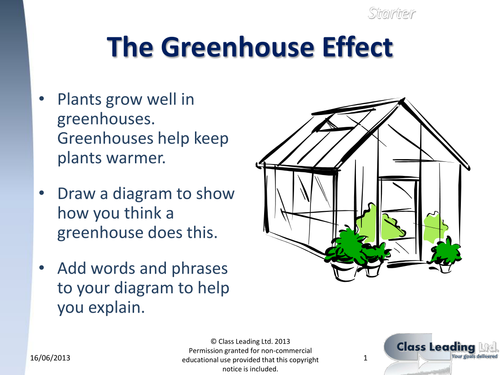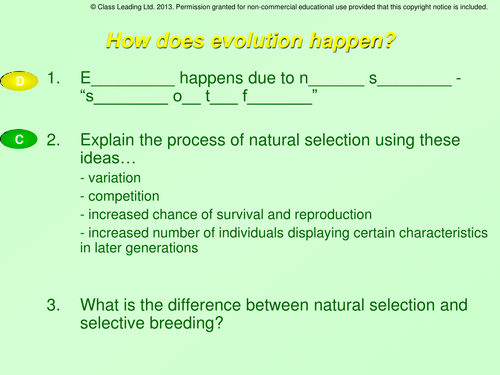312Uploads
254k+Views
192k+Downloads
All resources

Identify the particle rolling slideshow PP - Instant Engagement / Retrieval
These are a sequence of PowerPoint slideshows designed to support the retrieval of the composition of particles in the standard model. They can be used as an instant engagement task (rolling on screen as students enter the room for immediate engagement with learning). They can also be used as a retrieval quiz. The slideshows are essentially the same task (with rearranged slides) but get progressively more demanding as the changeover of slide gets faster (as the numbers on the titles of the slideshows in brackets increase). Start the students with (1) and then as they get faster, use the more demanding versions.
This resource goes well with the particle flashcards also available on TES Resources at https://www.tes.com/teaching-resource/-6341199

The Solar System - graded questions
This activity contains a powerpoint with graded questions & answers and matching pupil activity sheets, designed to be used at the end of a lesson and/or the start of the next lesson to review previous learning. The questions are based on OCR 21st Century Science Specification, although could be used with other exam boards.
Clicking through the show reveals answers one a time. There are two slightly different activity sheets for differentiation - one has key words, the other without. These reduce to A5 easily, the ideal size for most pupils. Please note grades are approximate.

The Alkanes Summary (flipped learning)
This is a collection of separate pdf documents that help learners summarise information about the alkanes.
Each of the different sheets allows for a different level of support and challenge
- Sheet A is totally blank.
- Sheets B and C have fewer sections to fill in.
- Sheet D has all of the molecules drawn.
- Sheets E involves some reading for information and only has a limited amount of information and could be good for the least able.
- Sheet F, many of the answers can be deduced (at least approximately) and can be good for stretching the most able.
It is intended that the activity be carried out as 'flipped learning' so that learners complete this activity before learning about the alkanes and/or fractional distillation.

Hydrocarbon molecules - graded questions
This activity contains a powerpoint with graded questions & answers and matching pupil activity sheets, designed to be used at the end of a lesson and/or the start of the next lesson to review previous learning. The questions are based on the previous OCR 21st Century Science Specification unit C2, although could be used with other exam boards.
Clicking through the show reveals answers one a time. These reduce to A5 easily, the ideal size for most pupils. Please note grades are approximate.

Evaluating websites from URLs
This resource is a short powerpoint show and a pdf of the first slide. The idea is that learners read the URLs for a series of websites and decide whether they are trustworthy. They could put them into one of say three categories (e.g. High, Medium. Low).This is great for stimulating debate amongst learners, especially if the task is completed as a group. It is very effective when learners are asked to explain their reasoning. The powerpoint show can then be used to develop understanding further.

Male or female - graded questions
This activity contains a powerpoint with graded questions & answers and matching pupil activity sheets, designed to be used at the end of a lesson and/or the start of the next lesson to review previous learning. The questions are based on the previous OCR 21st Century Science Specification unit B1, although could be used with other exam boards.
Clicking through the show reveals answers one a time. These reduce to A5 easily, the ideal size for most pupils. Please note grades are approximate.

Seafloor Spreading - graded questions
This activity contains a powerpoint with graded questions & answers and matching pupil activity sheets, designed to be used at the end of a lesson and/or the start of the next lesson to review previous learning. The questions are based on OCR 21st Century Science Specification, although could be used with other exam boards.
Clicking through the show reveals answers one a time. There are two slightly different activity sheets for differentiation - one has key words, the other without. These reduce to A5 easily, the ideal size for most pupils. Please note grades are approximate.

Atoms, ions & molecules - graded questions
This activity contains a powerpoint with graded questions & answers and matching pupil activity sheets, designed to be used at the end of a lesson and/or the start of the next lesson to review previous learning. The questions are based on the previous OCR 21st Century Science Specification unit C4, although could be used with other exam boards.
Clicking through the show reveals answers one a time. These reduce to A5 easily, the ideal size for most pupils. Please note grades are approximate.

Chemical equations - graded questions
This activity contains a powerpoint with graded questions & answers and matching pupil activity sheets, designed to be used at the end of a lesson and/or the start of the next lesson to review previous learning. The questions are based on the previous OCR 21st Century Science Specification unit C4, although could be used with other exam boards.
Clicking through the show reveals answers one a time. These reduce to A5 easily, the ideal size for most pupils. Please note grades are approximate.

Polymer life cycles - graded questions
This activity contains a powerpoint with graded questions & answers and matching pupil activity sheets, designed to be used at the end of a lesson and/or the start of the next lesson to review previous learning. The questions are based on the previous OCR 21st Century Science Specification unit C2, although could be used with other exam boards.
Clicking through the show reveals answers one a time. These reduce to A5 easily, the ideal size for most pupils. Please note grades are approximate.

Objects in Space sort cards
Key words: Universe, Galaxy, Solar system, Sun, planet, asteroid, constellation.
This is a sort card activity and powerpoint show to support the task. It gets students thinking about objects in space. The powerpoint show comes in two forms, with or without the word constellation. The addition of the constellation card adds a real opportunity for cognitive conflict and helps iron out a preconception of what a constellation is.
Right click the web links to download the powerpoint shows.

Greenhouse Effect starter - Draw what you think
A simple but effective activity to establish prior knowledge at the start looking at the topic of the Greenhouse effect. Learners can be encouraged to use scientific vocabulary and ideas. It is a great way of finding out how they think a greenhouse works before looking at the atmospheric effect. Works well when working in small groups (e.g. 3) on a large piece of paper. Really helps them to think when they are asked to justify their reasoning.
Right-click then 'save as&' the web link to download the PowerPoint show.

How does evolution happen - graded questions
This activity contains a powerpoint with graded questions & answers and matching pupil activity sheets, designed to be used at the end of a lesson and/or the start of the next lesson to review previous learning. The questions are based on the previous OCR 21st Century Science Specification unit B3, although could be used with other exam boards.
Clicking through the show reveals answers one a time. These reduce to A5 easily, the ideal size for most pupils. Please note grades are approximate.

Using mobile phones - graded questions
This activity contains a powerpoint with graded questions & answers and matching pupil activity sheets, designed to be used at the end of a lesson and/or the start of the next lesson to review previous learning. The questions are based on the previous OCR 21st Century Science Specification unit P2, although could be used with other exam boards.
Clicking through the show reveals answers one a time. These reduce to A5 easily, the ideal size for most pupils. Please note grades are approximate.

Experiment: Stretching a rubber band
This is a video aimed at pupils in KS3/4 that shows an experiment of a rubber band being stretched. The stretching happens when masses are added to the end of the band.
There is an introduction the experiment, which aims to help pupils understand the most important ideas.
After each mass is added the rubber band, the video zooms in on the scale to allow pupils to read this.
This can form the basis of a graphing activity to find the relationship between the masses added and the extension of the rubber band. Unlike the linear relationship of the spring, there are some differences in the way the band extends, particularly towards the start and end of the experiment.
There is a PowerPoint slideshow to help focus the activity if used in a classroom.
This resource forms part of a sequence with two other resources:
https://www.tes.com/teaching-resource/experiment-measuring-the-weight-of-masses-12952546
https://www.tes.com/teaching-resource/experiment-stretching-a-metal-spring-12952559
This resource

Experiment: Measuring the weight of masses
This video is aimed at pupils at KS3/4. It shows a video of an experiment where 100g masses are put onto a forcemeter, calibrated in newtons. It allows the measurement of the force for each mass. There are questions to focus pupils on the relationship between the masses and the weight. It can be used as a graphing exercise to calculate the value of the constant ‘g’.
There is a PowerPoint slideshow to help focus the activity if used in a classroom.
This resource forms part of a sequence with two other resources:
This resource
https://www.tes.com/teaching-resource/experiment-stretching-a-metal-spring-12952559
https://www.tes.com/teaching-resource/experiment-stretching-a-rubber-band-12952565

Experiment: Stretching a metal spring
This is a video aimed at pupils in KS3/4 that shows an experiment of a metal spring being stretched. The stretching happens when masses are added to the end of the spring.
There is an introduction the experiment, which aims to help pupils understand the most important ideas.
After each mass is added the spring, the video zooms in on the scale to allow pupils to read this.
This can form the basis of a graphing activity to find the relationship between the masses added and the extension of the spring.
There is a PowerPoint slideshow to help focus the activity if used in a classroom.
https://www.tes.com/teaching-resource/experiment-measuring-the-weight-of-masses-12952546
This resource
https://www.tes.com/teaching-resource/-12952565

Experiment - flying bat circular motion
This video is aimed at pupils in KS4 and students in KS5. It shows a model flying bat, attached by a string to a point, flying in a circle. The video poses questions about the motion of the bat and the forces, including the centripetal force, involved in the motion.
The activity includes a PowerPoint slideshow with questions and answers.

Home experiment: Infrared remote control
In this video, which is aimed at KS4 pupils, you can see an infrared remote control. The remote control is pointed at the camera and a button is pressed. You can see the signal from the remote control, even though it would be invisible if you were to look at it with your eyes directly. The camera used is sensitive to infrared and so shows it up on screen. Pupils may be able to repeat this experiment at home, although some cameras include infrared filters to reduce glare from sunlight, so it may not show up properly.
This resource is part of a sequence with the following three other resources:
EM spectrum grid https://www.tes.com/teaching-resource/resource-6341301
EM spectrum sort cards https://www.tes.com/teaching-resource/resource-6341302
This resource
UV lamp and washing powder https://www.tes.com/teaching-resource/resource-12952892

Experiment: UV and washing powder
In this video, which is aimed at KS4 pupils, washing powder is shown under an ultraviolet lamp. This shows the fluorescence from the washing powder as the UV light is absorbed and visible light is emitted from the powder, making it appear much brighter than the washing powder would be if it was simply reflecting the light.
This resource is part of a sequence with the following three other resources:
EM spectrum grid https://www.tes.com/teaching-resource/resource-6341301
EM spectrum sort cards https://www.tes.com/teaching-resource/resource-6341302
IR remote control https://www.tes.com/teaching-resource/resource-12952897
This resource



